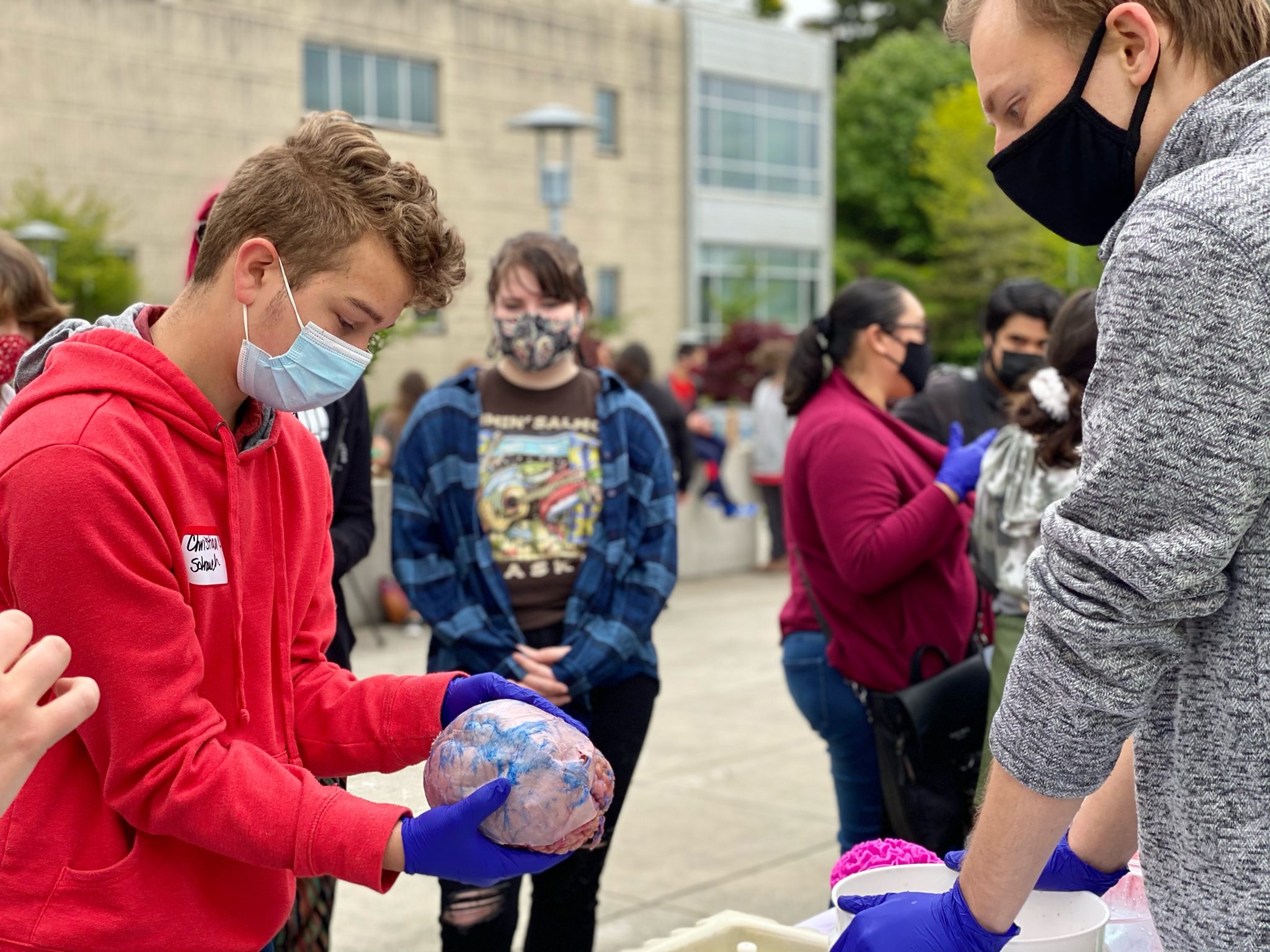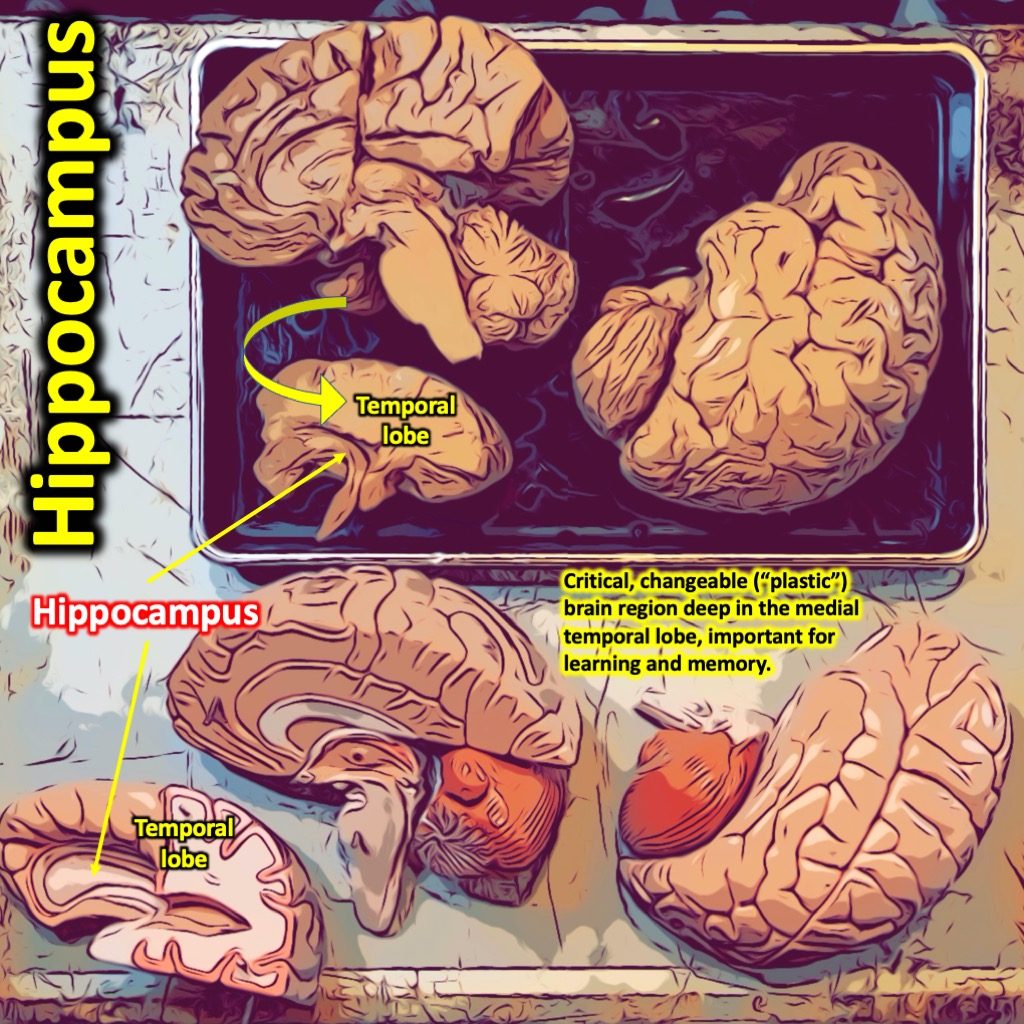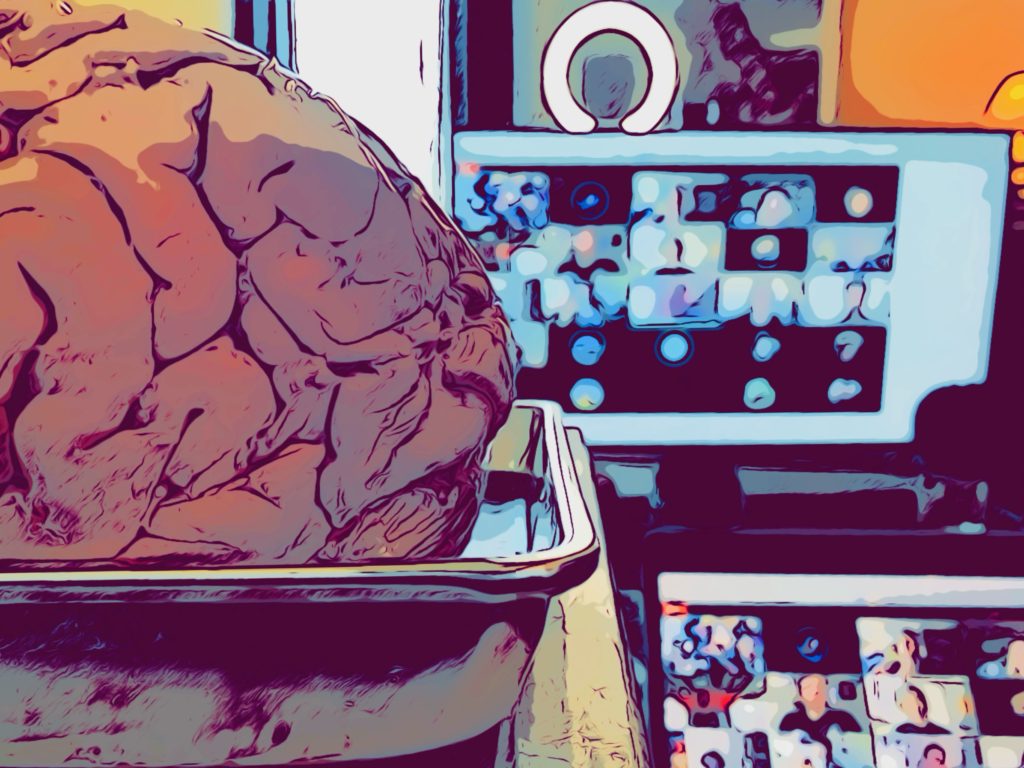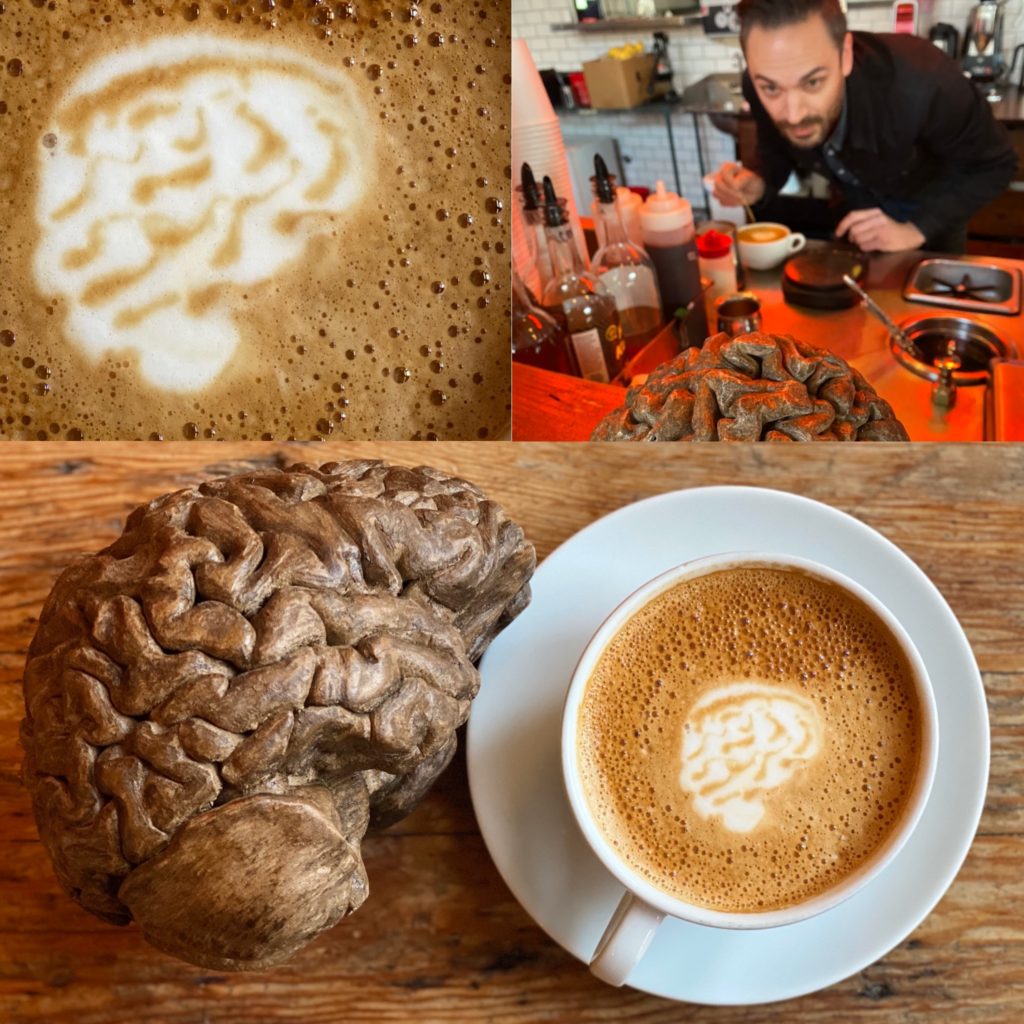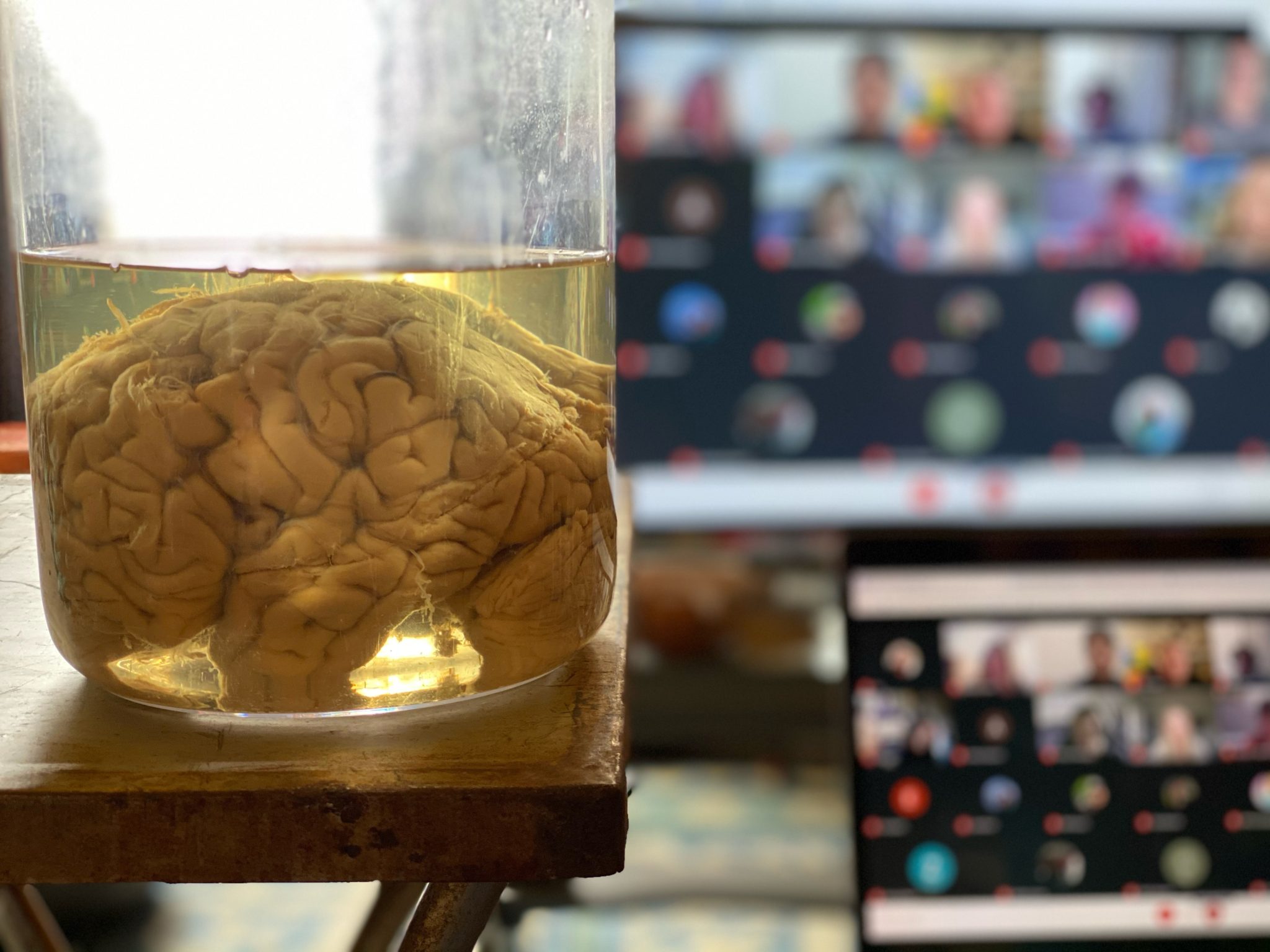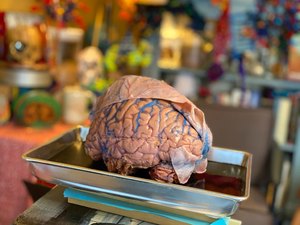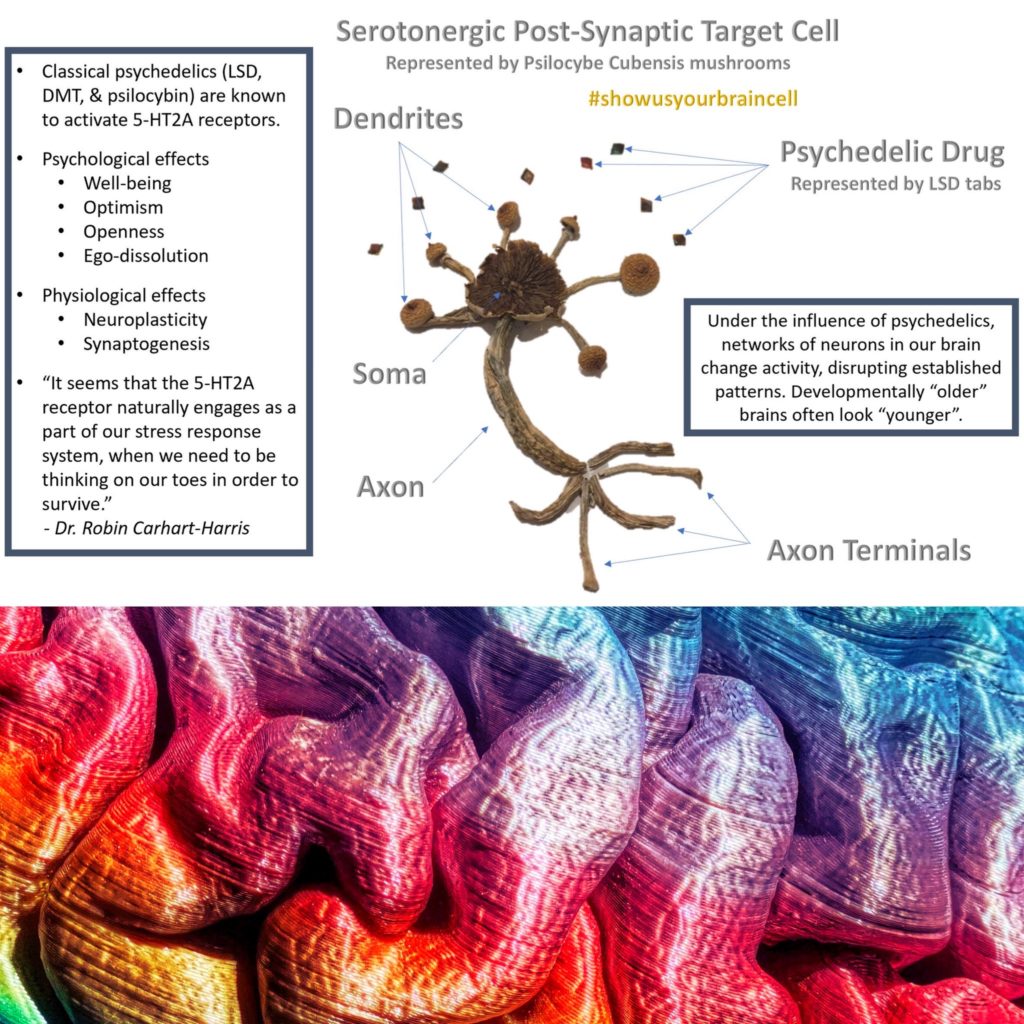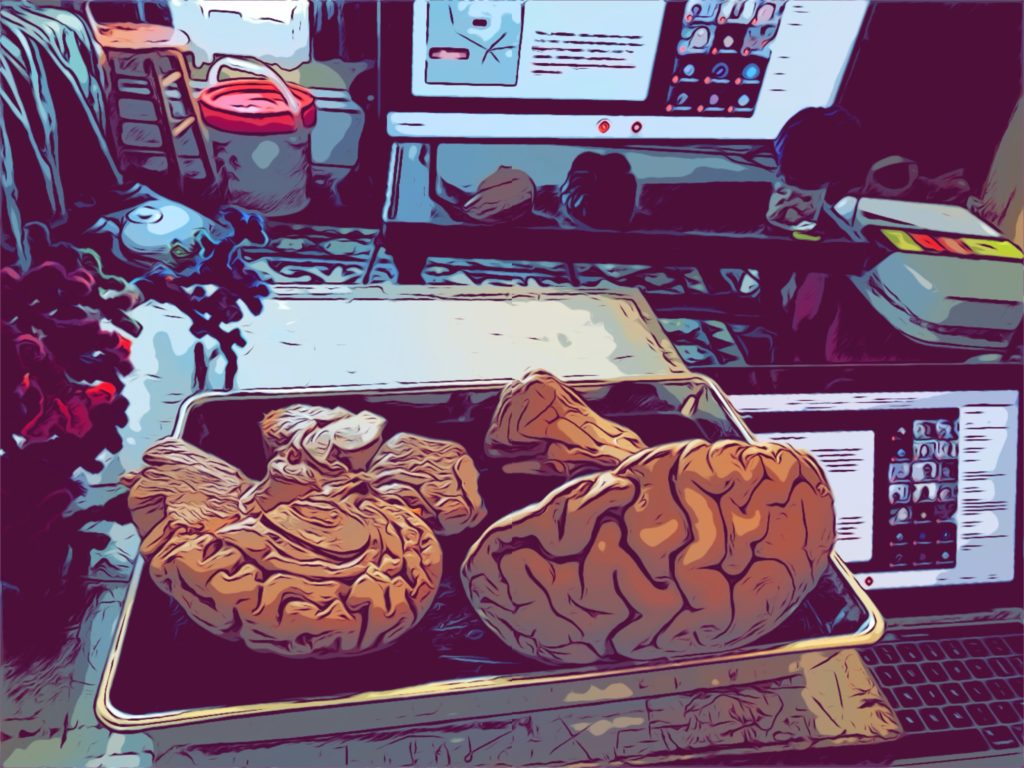
- This event has passed.
Noggins in Astoria LIVE! (3)
May 21, 2021 @ 11:00 am - 12:30 pm
WHAT: Noggin @ Astoria High School, Astoria, OR
We did it!
And omg we LOVE live community outreach!!
LEARN MORE:
Clatsop Community Cortex
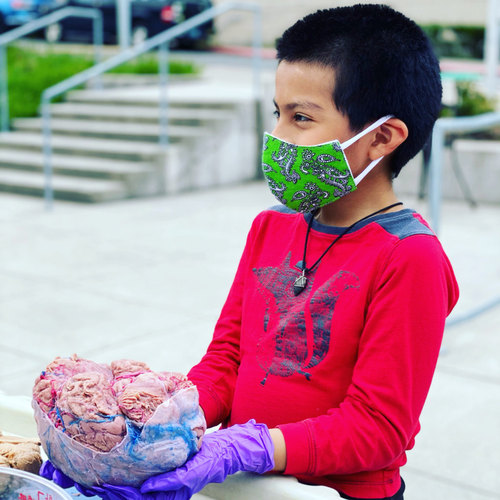
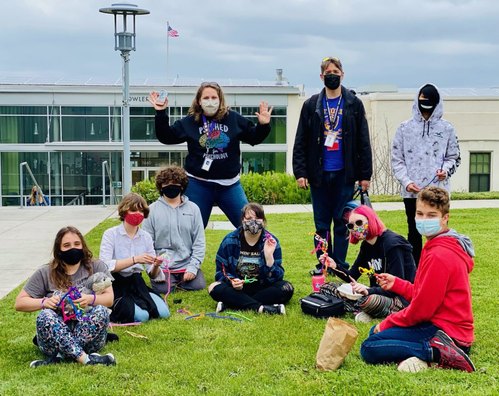
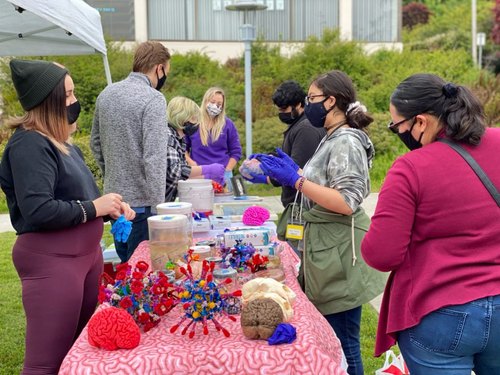
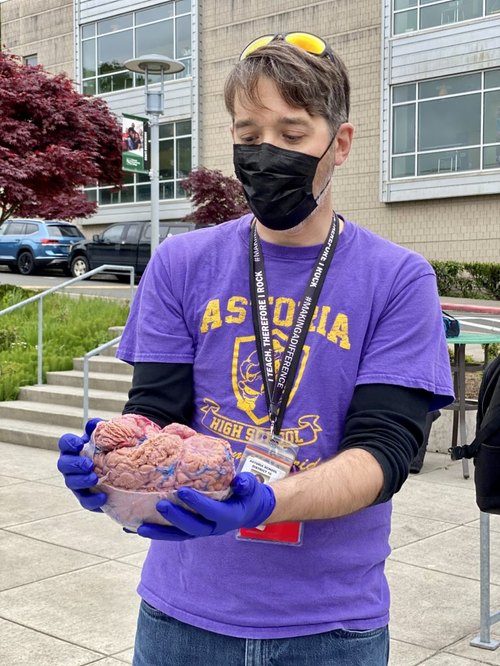
![]()
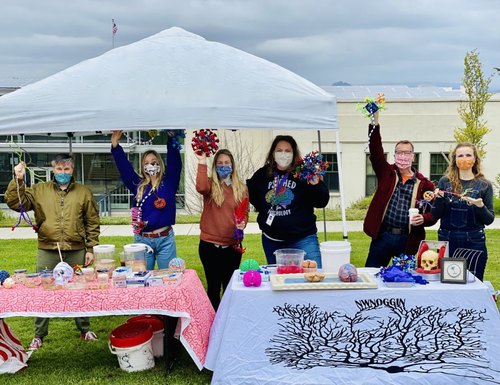
WHERE: Both virtual (link coming to volunteers) and LIVE visits!
WHEN:
1. Tuesday, May 11, 2:45 – 4:15pm Pacific (Virtual)
2. Thursday, May 20, 2:45 – 4:15pm Pacific (Virtual)
3. Friday, May 21, 11:00am – 12:30pm Pacific (LIVE; outdoor at Clatsop Community College, courtyard outside Columbia Hall; 1651 Lexington Ave, Astoria, OR 97103)

We are thrilled to return to school in this remarkable river city, and hear what high school juniors and seniors are learning about brains! We gathered virtually on Tuesday (5/11) to meet, discuss neuroscience research and introduce a found object brain cell project.
Noggins in Astoria! (1)
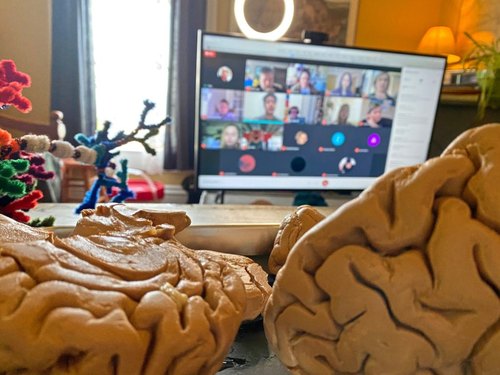
We’re returning online Thursday (5/20)…
Noggins in Astoria! (2)
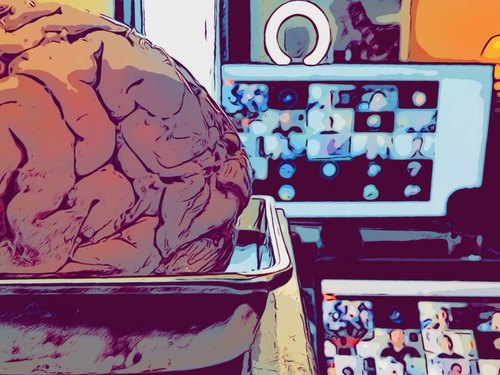
…and then LIVE Friday (5/21) – to see all the neurons and glial cells, consider more questions and hold a few extra brains!

(We’ll be outdoors, physically distanced and masked!)
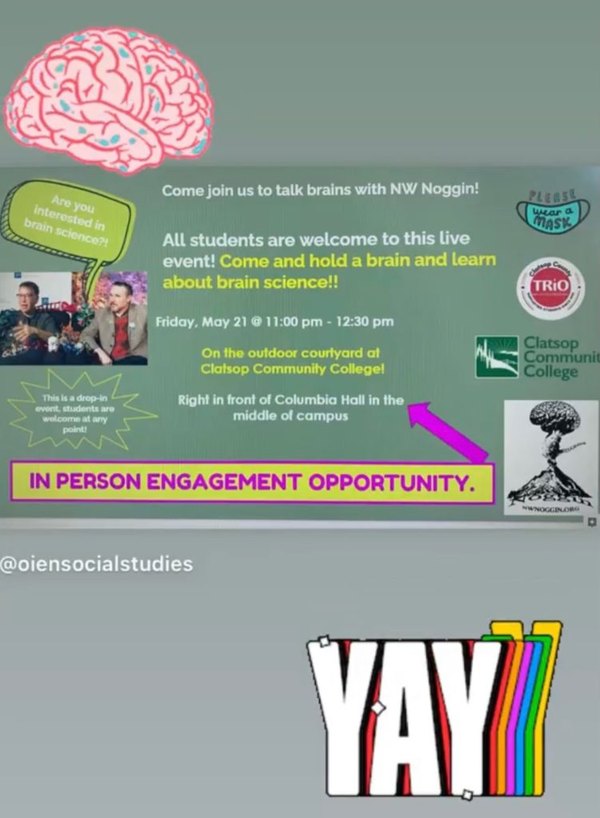
COMMITTED PARTICIPANTS
1. Bill Griesar, NW Noggin/PSU/OHSU
2. Jeff Leake, NW Noggin/PSU/OHSU
3. Jasmin Mabry, PSU/NIH BUILD EXITO
4. Jessie L. Sheeran, PSU
5. Melissa DeMoura, PSU
6. Annika Hokanson, PSU
7. Roman Cimkovich, PSU
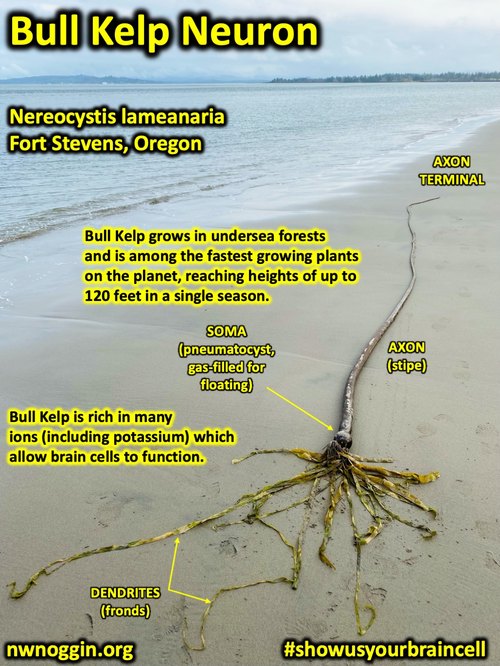
LEARN MORE: Found Neuron Project
SEE WHAT WE’VE DONE IN CLATSOP COUNTY BEFORE
North Coast Noggins: Art, Alevins & Brains!

Accumbens in Astoria
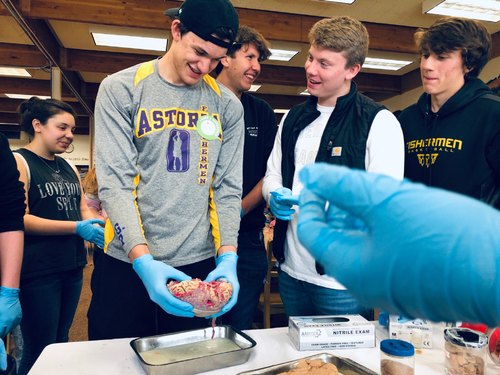
Student Questions!

|
Could you modify the brain to forget how to die, therefore living forever? |
|
What are alters actually in DID? “There is not a clear understanding of DID etiopathology, there is no standardized method of diagnosis, and as such, the disorder has been plagued by a history of fabrication case studies (North, 2015). For these reasons, the disorder is opposed by many psychiatrists. To address this controversy, researchers have begun to examine the neurological basis of DID in an effort to provide stronger physical evidence for the disorder.” LEARN MORE: A systematic review of the neuroanatomy of dissociative identity disorder |
|
What was one interesting thing learned from Henry M.’s brain? (Patient H.M.)
|
|
How do we know if most humans really perceive colors the same? |
|
Could you use electrodes in the brain to simulate certain emotions or trigger certain memories or reactions? |
|
How efficient is your brain at running, like how much energy does it make
While making up only a small fraction of our total body mass, the brain represents the largest source of energy consumption—accounting for over 20% of total oxygen metabolism. Of this, it is estimated that neurons consume 75%–80% of energy produced in the brain. This energy is primarily utilized at the synapse with a large proportion spent in restoration of neuronal membrane potentials following depolarization. Other neuronal functions such as vesicle recycling, neurotransmitter synthesis and axoplasmic transport also contribute to synaptic energy depletion and the requirement for an elevated metabolic rate in neurons. Energy requirements are therefore not uniform throughout the brain but instead increased in localized regions dependent on neuronal activity. LEARN MORE: Brain Energy and Oxygen Metabolism: Emerging Role in Normal Function and Disease In a group of healthy volunteers, the researchers showed that different brain regions that serve distinct functions have notably different power and different cost. They then investigated the effects of alcohol on these new measures by assessing a group of people that included light drinkers and heavy drinkers and found that both acute and chronic exposure to alcohol affected power and cost of brain regions. Brain imaging used by NIH scientists to improve our understanding of how alcohol affects the brain. “In heavy drinkers, we saw less regional power for example in the thalamus, the sensory gateway, and frontal cortex of the brain, which is important for decision making,” said Dr. Shokri-Kojori. “These decreases in power were interpreted to reflect toxic effects of long-term exposure to alcohol on the brain cells.” LEARN MORE: NIH study of brain energy patterns provides new insights into alcohol effects |
|
How fast can the brain process information? |
|
What happens to the brain when you are dehydrated? |
|
How does caffeine affect the brain?
Caffeine, a chemical, acts to block (or “antagonize”) receptors for adenosine, a chemical that binds to the adenosine receptors. This reduces the release of some important neurotransmitters, among them dopamine, norepinephrine, serotonin and acetylcholine that are essential for staying alert and awake. Adenosine is a nucleotide (found in DNA, mRNA), and is also part of an important energy substrate known as ATP, or adenosine tri-phosphate. As your day progresses, and you express your genes and use up ATP, your bloodstream levels of adenosine rise, and bind to adenosine receptors in several cerebral regions, including an area beneath the frontal cortex called the basal forebrain. This decreases brain activity and you feel sleepy, and cognitively a little slow – appropriately ready, of course, for a restorative nap. But then Kat, Olivia or Micha serve you a glorious and rewarding cup of Stumptown at Street 14, and the caffeine finds your brain’s adenosine receptors, displacing that downer adenosine and transiently attaching itself to the receptors instead. Caffeine blocks the normal response of these receptors, so again, it is considered an adenosine receptor antagonist. There remain copious swarms of adenosine molecules circulating in your blood, and your body still needs that rest, but your brain is no longer listening to this chemical signal with caffeine antagonizing the receptors in the basal forebrain and elsewhere where adenosine would normally act. You’re up! LEARN MORE: Astoria Noggins: Tipsy Buzzed Mice @ Street 14 LEARN MORE: Drunk mice on espresso – what could go wrong? If someone experiences a certain emotion a lot does that make it more likely for them to experience that emotion more often? |

|
Would it be possible to keep a brain alive/working without it being attached to a real body? |
|
Could you make a brain process more information faster and basically improve everybody’s brainpower. Maybe in the future curing brain illnesses.
|
|
Does long-term alcohol use affect the brain and how it functions? Alcohol is a fascinating molecule, easily capable of crossing membranes and gaining access to the brain, with a water soluble hydroxyl (-OH) “head,” and a fat soluble, two carbon “body” – making it appear, suggests Dr. Grant, a bit like a friendly dog. LEARN MORE: What’s a “drink..?” At the Newmark for beer & brains |
|
How is the brain able to store and find memories |
|
Can all drugs modify the chemical makeup of the brain? |
|
What is happening in the brain when someone gets a headache
A headache may feel like a pain inside your brain, but it’s not. Most headaches begin in the many nerves of the muscles and blood vessels that surround your head, neck, and face. These pain-sensing nerves can be set off by stress, muscle tension, enlarged blood vessels, and other triggers. Once activated, the nerves send messages to the brain, and it can feel like the pain is coming from deep within your head. LEARN MORE: What To Do When Your Head Hurts LEARN MORE: NIH Headache Information Page |
|
Would sending electrical signals to certain parts of the brain move certain parts of the body? |
|
How much do we truly know about the human brain? |
|
When you take a hallucinogenic drug what’s going on in your brain? Some say they see things when they take HD. Is the brain causing that?
A defining quality of any psychedelic is its ability to bind to and “activate” (i.e., act as an “agonist” at) the 5HT-2A receptor (one of fifteen different receptors for the neurotransmitter serotonin). LEARN MORE: Psychedelic Portland |
|
Could we change the way our bodies combat sickness? To aim towards drugs being the main defender, and to lower the number of symptoms you will have with a sickness, like not having a runny nose if you catch a cold. |
